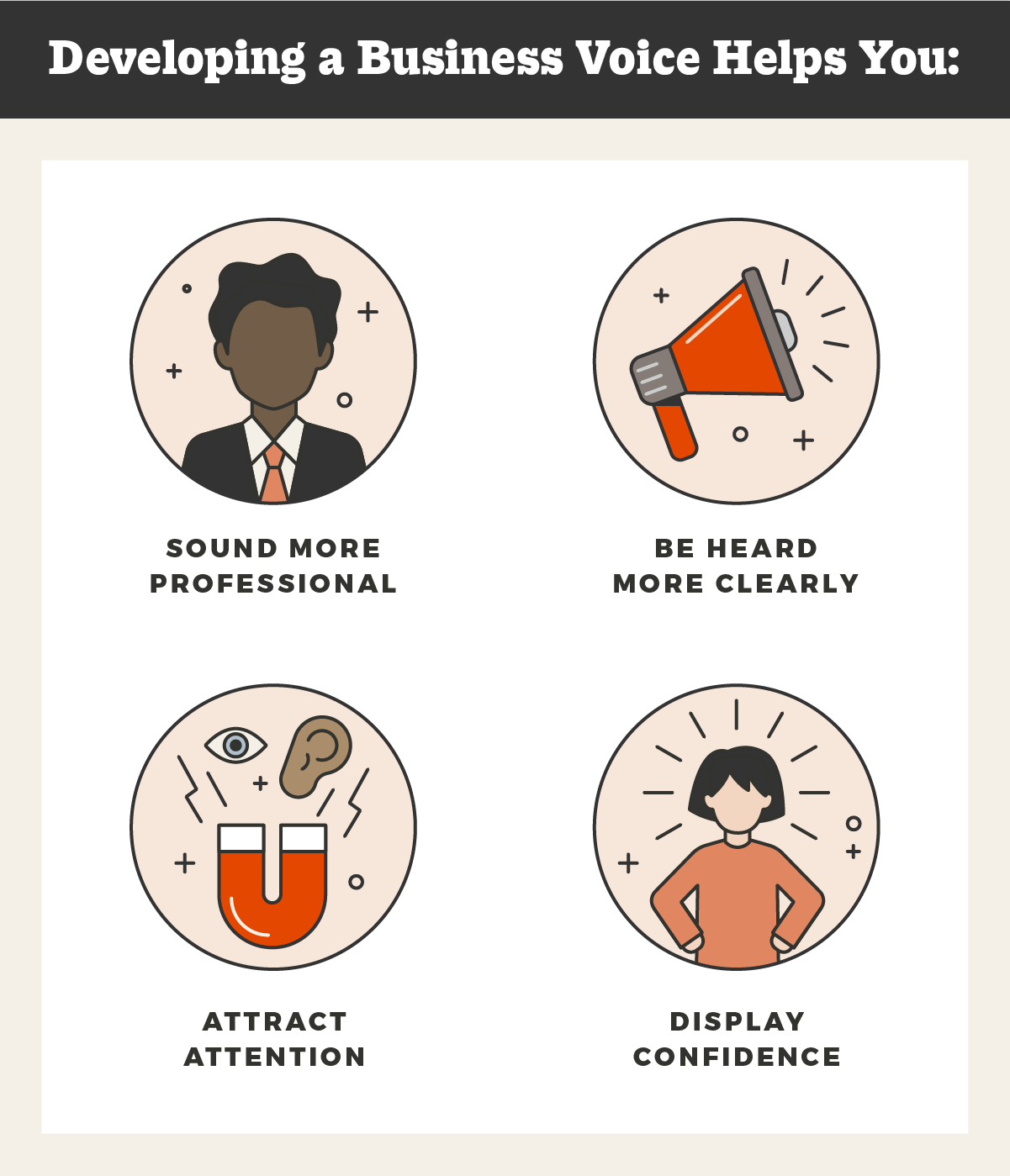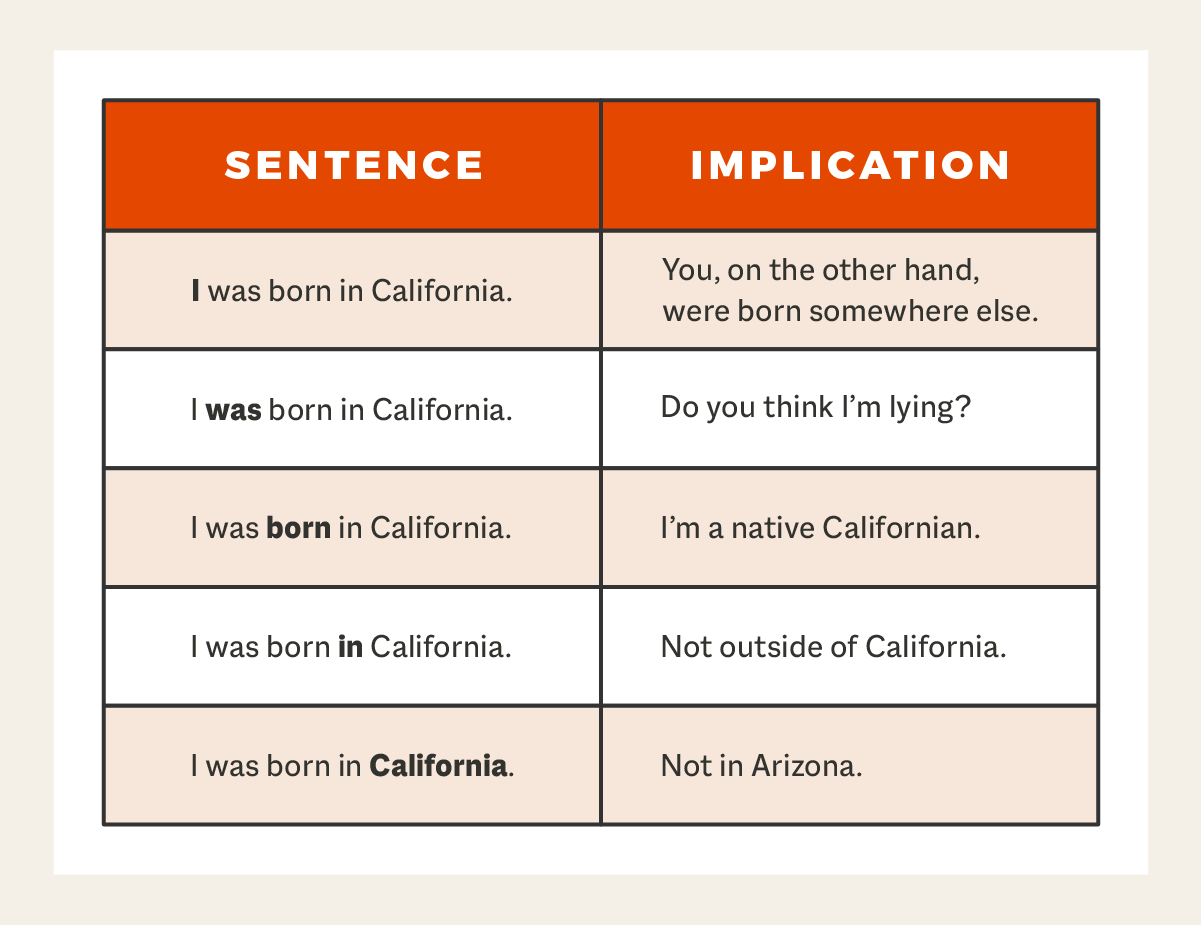
You’ve mastered the strong handshake, professional appearance, and standard workplace etiquette as a seasoned business professional. But what about your business voice?
Your business voice is an integral aspect of who you are, and it is just as important as any other sensory perception. People listen to how you say things before they listen to what you say, after all. This could affect how people perceive you and your business.
Maybe you don’t like the sound of your own voice. In truth, many people dislike how they sound, particularly when speaking on the phone or in a virtual meeting. Sounding more professional, fortunately, is a skill that can be learned.
Follow these simple steps to help you create the perfect business voice, which will help you sound more clear, professional, and confident.
1. Listen to Your Voice Recording
Recording yourself speaking is the first step toward improving your voice quality. While this may make you uncomfortable, keep in mind that you’re not alone. Many people dislike their own voices, but it’s the only way to truly analyze yourself. It’s possible that you’ll even be pleasantly surprised! You don’t come across nearly as bad as you think you do.
Find a screenplay, script, or a speech that you can recite and record. Listen to the recording again and make a list of what you like and don’t like about your voice.
2. Control Your Breath
Every speech begins with a breath, therefore if you want to improve the sound of your voice, start by working on your breathing techniques. Make sure you’re breathing from your diaphragm gently and steadily. This will protect your voice from strain and allow you to speak in a fuller, more consistent tone.
To practice, read aloud a paragraph with a mix of long and short sentences. Take a deep breath and gently exhale as you read each sentence. However, don’t feel pressured to completely fill your lungs; merely take as much air as you need to breathe easily and comfortably without sounding out of breath. This exercise will aid in the development of your breathing technique and strength.
3. Mind Your Pitch
Depending on what you judged during your self-evaluation in step one, you may or may not have a lot of work to do in terms of pitch. If your business voice is harsh, gruff, or even flat, it’s time to work on your pitch. The ideal speaking pitch is low, clear, rich, and varied.
Pitch variation is crucial because it highlights different parts of a sentence, which adds interest and emotion while also assisting you in conveying your message. A sentence’s meaning or inference can be altered by the tiniest inflection (increased pitch) of a word. See an example below.
4. Slow Down
It’s normal to be nervous before a big presentation or a vital sales call. When you’re nervous, your speech tends to speed up. This will make you sound less confident or enthusiastic, and the audience will have a harder time understanding you.
Slowing down your speech allows you to take deeper breaths, talk more clearly, and consider what you’re attempting to say more carefully. Slowing down should not appear tedious or dragged out; instead, slow down just enough to give a clear and confident discourse.
5. Seek Out Feedback
The final phase is to seek guidance and feedback from others once you’ve completed your self-assessment and practice. When you’ve achieved the business voice you want, ask a friend or mentor for their honest opinion.
If you’re still having trouble with your speaking voice, hiring a voice coach is a good approach to improve your tone. A voice coach may provide you with practical advice and practice sessions to help you develop the appropriate business tone.
Learning to improve your business voice is an important skill to have since it allows you to communicate more effectively, appear more professional, and give people a positive image of you and your business. If you are interested in learning more tips to improve your business voice, check out this infographic from Smith.ai below.

